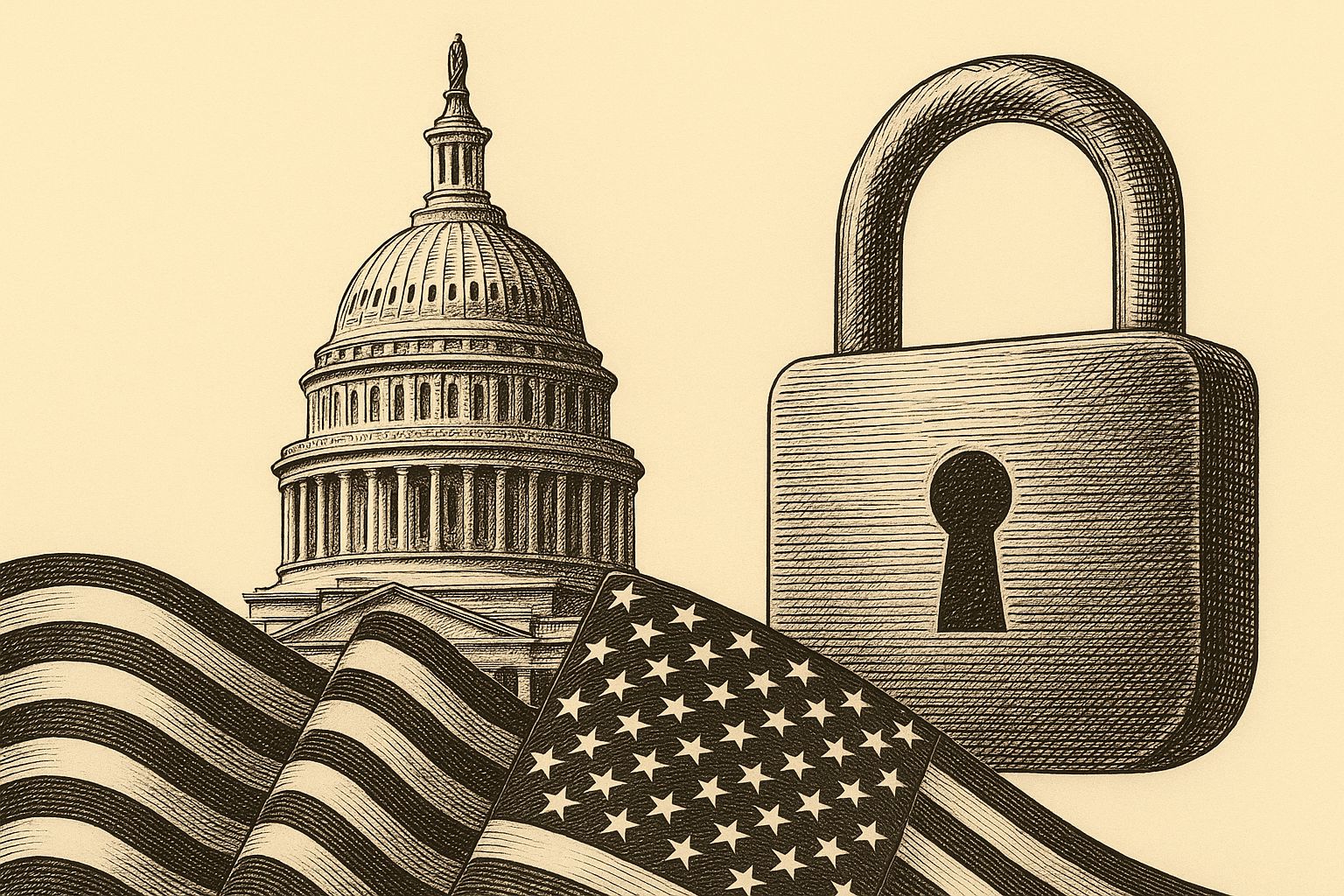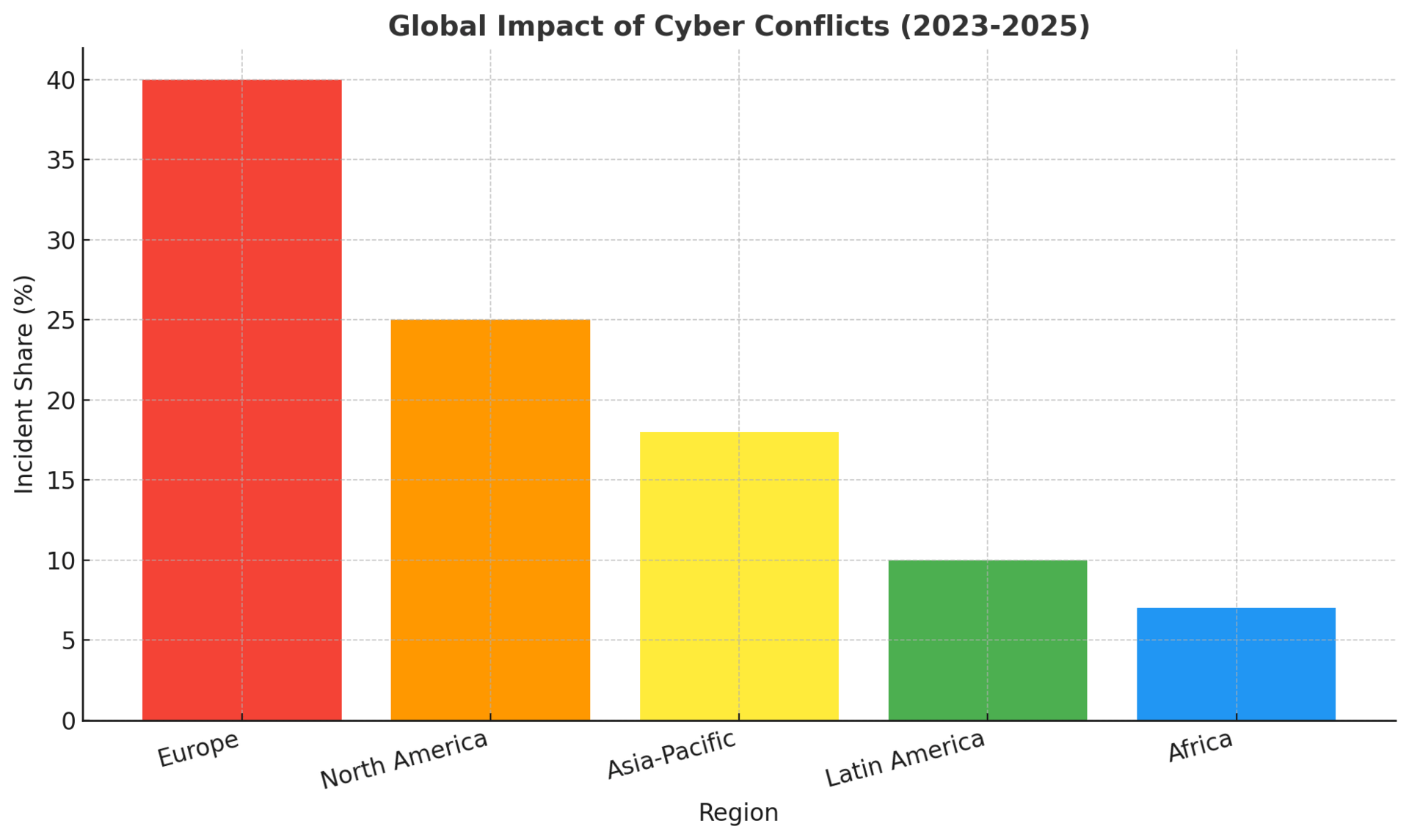- Defend & Conquer
- Posts
- The CISO’s role in shaping national cybersecurity posture in uncertain geopolitical times
The CISO’s role in shaping national cybersecurity posture in uncertain geopolitical times
CybersecurityHQ Report - Pro Members

Welcome reader to a 🔒 pro subscriber-only deep dive 🔒.
Brought to you by:
👣 Smallstep – Secures Wi-Fi, VPNs, ZTNA, SaaS and APIs with hardware-bound credentials powered by ACME Device Attestation
📊 LockThreat – AI-powered GRC that replaces legacy tools and unifies compliance, risk, audit and vendor management in one platform
Forwarded this email? Join 70,000 weekly readers by signing up now.
#OpenToWork? Try our AI Resume Builder to boost your chances of getting hired!
—
Get lifetime access to our deep dives, weekly cyber intel podcast report, premium content, AI Resume Builder, and more — all for just $799. Corporate plans are now available too.
Executive Summary
Based on analysis of over 130 major cyber operations linked to the Russia-Ukraine conflict, examination of 23 international cybersecurity frameworks, and assessment of regulatory developments across 40+ jurisdictions, this whitepaper establishes that Chief Information Security Officers (CISOs) have evolved from technical gatekeepers to strategic architects of both organizational and national cyber resilience.
The contemporary threat landscape presents unprecedented challenges. Cybercrime damages are projected to reach $10.5 trillion annually in 2025 - a 300 percent increase over 2015 levels. Meanwhile, 86% of security incidents now involve intentional business disruption, with nation-state actors targeting critical infrastructure across allied nations. Research indicates that 60% of organizations have adjusted cybersecurity strategies due to global conflicts, yet only 21% have fundamentally redesigned workflows to embed generative AI securely, and approximately 90% of companies lack maturity to counter advanced AI-enabled threats.
This convergence of escalating state-sponsored threats, regulatory mandates, and disruptive technologies necessitates a fundamental shift in the CISO's mandate. Survey data reveals that 98% of state-level organizations now rely on CISOs for security management, strategy, governance, risk management, and incident response. The CISO's responsibility for data privacy jumped from 60% in 2022 to 86% in 2024, reflecting expanded obligations around data sovereignty and national security considerations.
The strategic imperative is clear: CISOs must operate as cross-functional leaders who integrate cyber threat intelligence with geopolitical threat intelligence, advocate for policy harmonization, drive public-private collaboration, and embed resilience throughout enterprise operations. Organizations that assign CEO oversight to AI governance see the strongest correlation with bottom-line impact from generative AI deployment. Furthermore, companies following 12 or more adoption and scaling best practices for AI report significantly higher revenue increases and cost reductions than peers.
This whitepaper provides actionable frameworks across eight domains - from navigating the regulatory convergence of NIS2, DORA, and national strategies to implementing crypto-agility for post-quantum readiness, from building CTI-GTI fusion models to establishing operational resilience that meets 24-hour incident reporting requirements. Drawing on case studies including the MOVEit breach affecting US federal entities and global companies, the Colonial Pipeline incident triggering federal emergency response, and coordinated defense efforts during the Ukraine conflict, we demonstrate how CISO leadership directly influences national security outcomes.

The path forward requires CISOs to formalize geopolitical threat fusion, prioritize AI governance via frameworks like NIST AI RMF, initiate post-quantum cryptography readiness with comprehensive cryptographic inventories, mandate operational agility through tested incident response plans, scale public-private partnerships as force multipliers, and act as regulatory harmonizers amid fragmented global compliance requirements.

Subscribe to CybersecurityHQ Newsletter to unlock the rest.
Become a paying subscriber of CybersecurityHQ Newsletter to get access to this post and other subscriber-only content.
Already a paying subscriber? Sign In.
A subscription gets you:
- • Access to Deep Dives and Premium Content
- • Access to AI Resume Builder
- • Access to the Archives
Reply